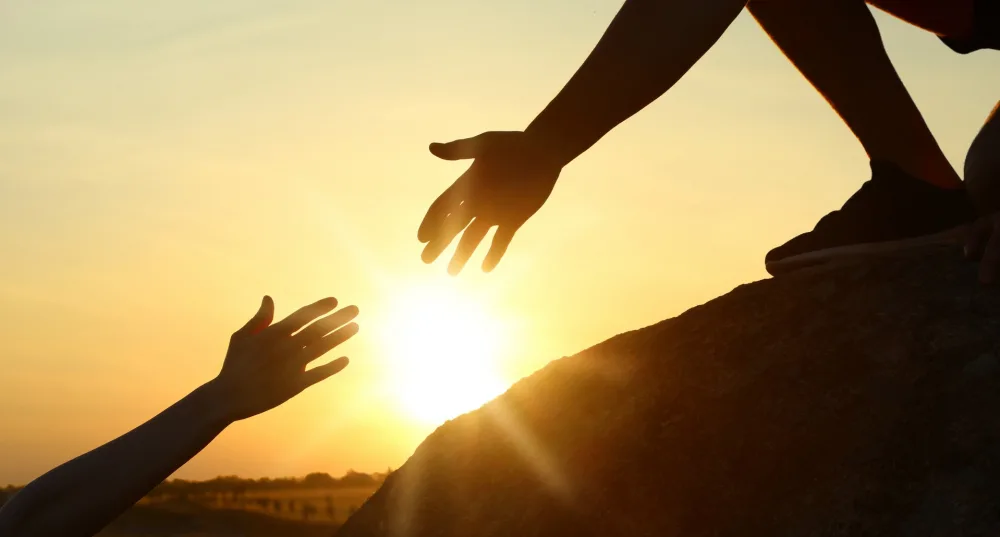World Mental Health Day is observed on October 10th every year, with the overall objective of raising awareness of mental health issues and mobilizing efforts in support of better mental health. The theme of World Mental Health Day 2017 is “Mental health in the workplace”.
Globally, more than 300 million people suffer from depression, and 260 million suffer from anxiety disorders—many of whom live with both conditions. A study by the World Health Organization found that such disorders cost the global economy $1 trillion in lost productivity each year.
Here’s a deeper look at how mental health issues affect Americans:
- 1 in 5 (or 43.8 million) adults experience mental illness in a given year.
- 1 in 25 (or 10 million) adults experience a serious mental illness.
- 1 in 100 (or 2.4 million) live with schizophrenia.
- 2.6% (or 6.1 million) of Americans have bipolar disorder.
- 6.9% (or 16 million) suffer from severe depression.
- 18.1% (or 42 million) live with an anxiety disorder.
- 90% of those who die by suicide have an underlying mental illness.
And yet:
- Only 41% of adults with a mental health condition received help and less than 50% of children 8-15 received mental health services.
- Only 36.9% of those suffering from anxiety receive treatment.
- Less than 20% of Americans with moderate depressive symptoms sought help from a medical professional.
- And 4% of young adults with self-reported mental health needs forego care.
We can help.
Call us at 732-356-1082
Statistics compiled from the National Alliance on Mental Health (NAMI), the Anxiety and Depression Association of America (ADAA), the American Psychological Association (APA), the Centers for Disease Control and Prevention (CDC), and the National Institute for Mental Health (NIMH).
